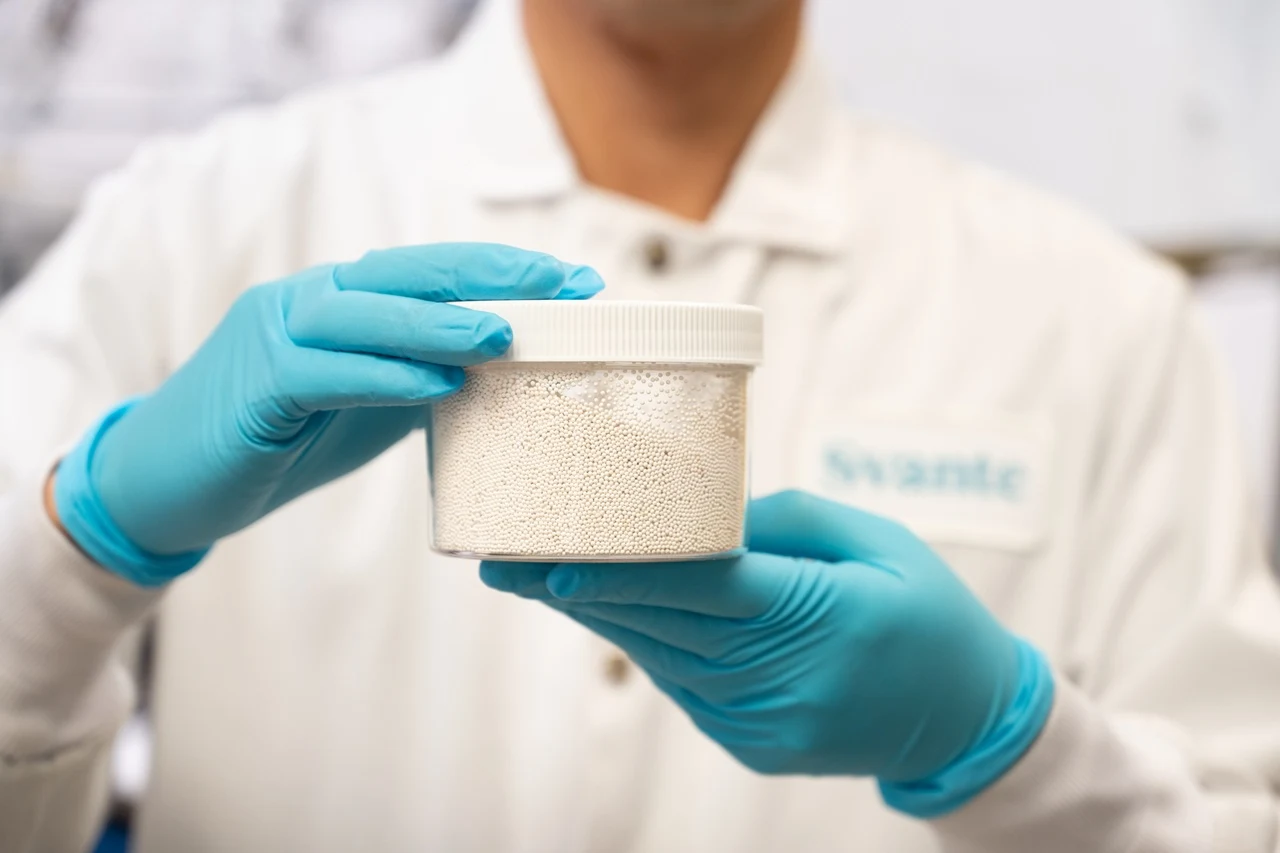Svante, a global leader in solid sorbent-based carbon capture and removal filter technology, celebrated the announcement of the 2025 Nobel Prize in Chemistry, awarded to scientists Susumu Kitagawa, Richard Robson, and Omar Yaghi for their pioneering work in the metal-organic framework (MOF) field. The Royal Swedish Academy of Sciences recognized the researchers for developing MOFs, highlighting their “enormous potential” and unique molecular architecture that forms porous materials capable of selectively capturing and storing gases such as carbon dioxide (CO₂).
MOFs: A Foundation for Carbon Capture Innovation
The Nobel Prize emphasizes the extraordinary capabilities of MOFs, which are tailorable crystalline structures with large internal surface areas. These materials can selectively adsorb and store gases, making them highly valuable for industrial gas separation, energy efficiency, and environmental applications.
For Svante, MOFs are core to its proprietary filter technology. The company’s solid sorbent filters leverage these materials to capture CO₂ efficiently at commercial scale, enabling more sustainable industrial processes. By incorporating MOFs such as CALF-20, developed by Dr. George Shimizu at the University of Calgary, Svante has created high-performance filters capable of gas separation at industrial volumes. Dr. Shimizu, a collaborator and scientific advisor, played a pivotal role in developing the MOF that powers Svante’s technology.
Industry Recognition and Validation
Richard Laliberté, Svante’s COO and President of Svante OEM&D, said:
“The Nobel Committee’s recognition of the very class of materials we leverage here at Svante is a profound validation for the entire field of carbon capture and removal. The cutting-edge work that is being done in the MOF space has been one of the fundamental building blocks of our success in this industry.”
The award highlights the industrial relevance of MOFs in applications like high-capacity CO₂ capture, gas separation, and storage. These capabilities are central to Svante’s mission of enabling scalable, efficient, and cost-effective carbon removal solutions.
Scaling MOFs from Lab to Industry
Svante has successfully scaled MOF materials from laboratory gram quantities to industrial-scale production, allowing the company to supply commercial solid sorbent filters for a wide range of applications. This scaling process relies on world-class partnerships in materials science and Svante’s proprietary coating and manufacturing technology, which ensures MOFs maintain their structural integrity and adsorption efficiency in large-scale filters.
The company recently launched Svante OEM&D, a business unit dedicated to helping customers accelerate the commercialization of solid sorbent-based gas separation technologies. By combining expertise in MOF chemistry, coating processes, and equipment design, Svante OEM&D supports clients in bringing innovative gas capture solutions to market more quickly and effectively.
Celebrating Scientific Excellence
The Nobel Prize also validates the broader significance of MOF technologies beyond Svante. The Nobel Committee emphasized MOFs’ versatility for applications in energy storage, catalysis, and environmental remediation—areas where these porous materials can have transformative impact.
Laliberté added:
“The excellence in chemistry recognized by the world’s most prestigious scientific honor is a testament for not only Svante’s MOF technology, but all MOF technologies. Our warmest congratulations to all of the winners.”
For Svante, the award reinforces the company’s commitment to innovation in carbon capture and highlights the importance of translating fundamental scientific discoveries into practical solutions for global climate challenges.



